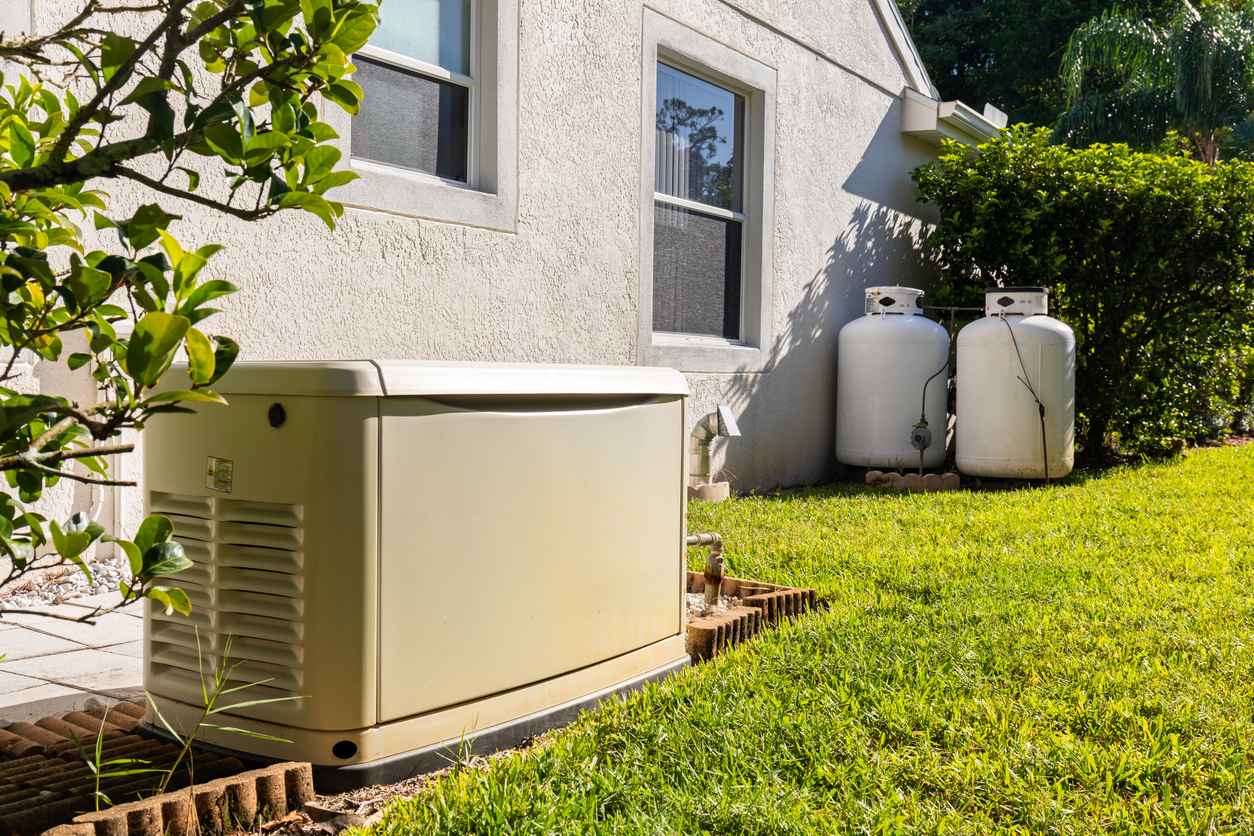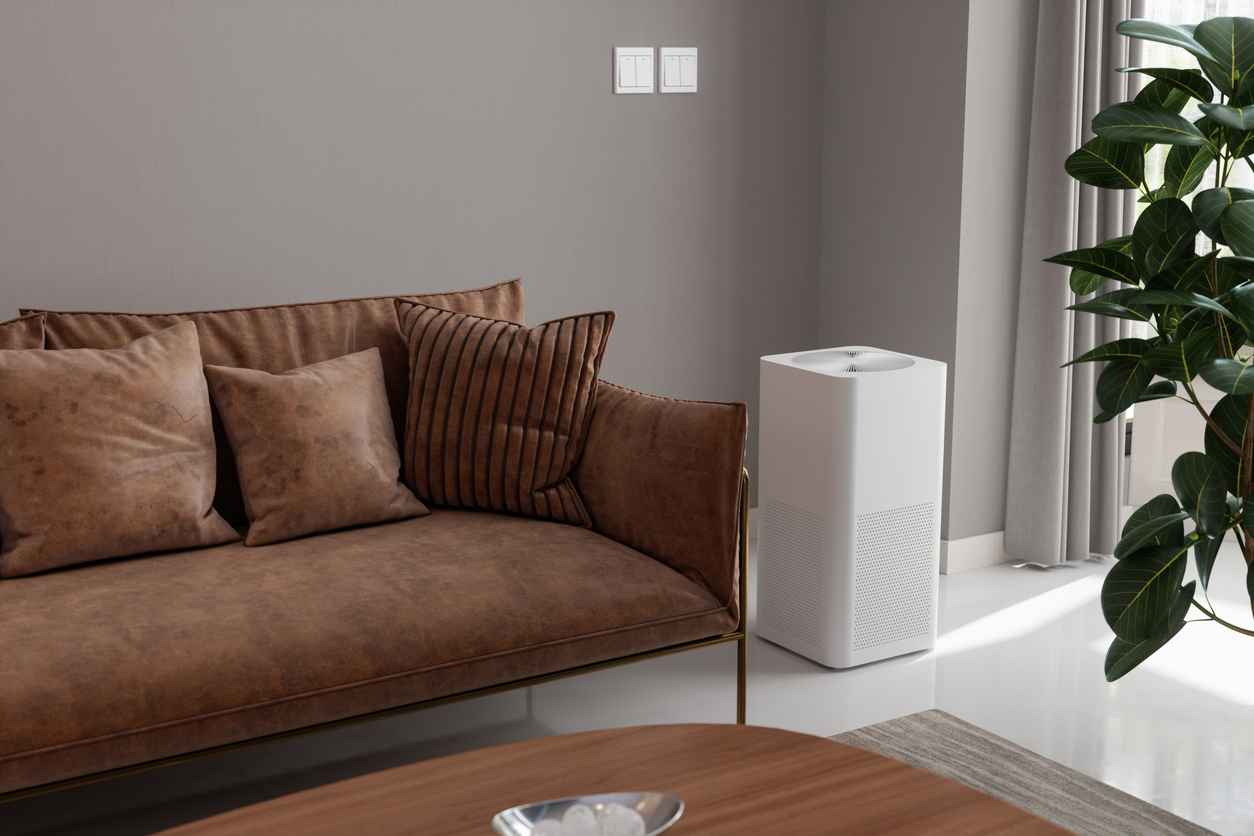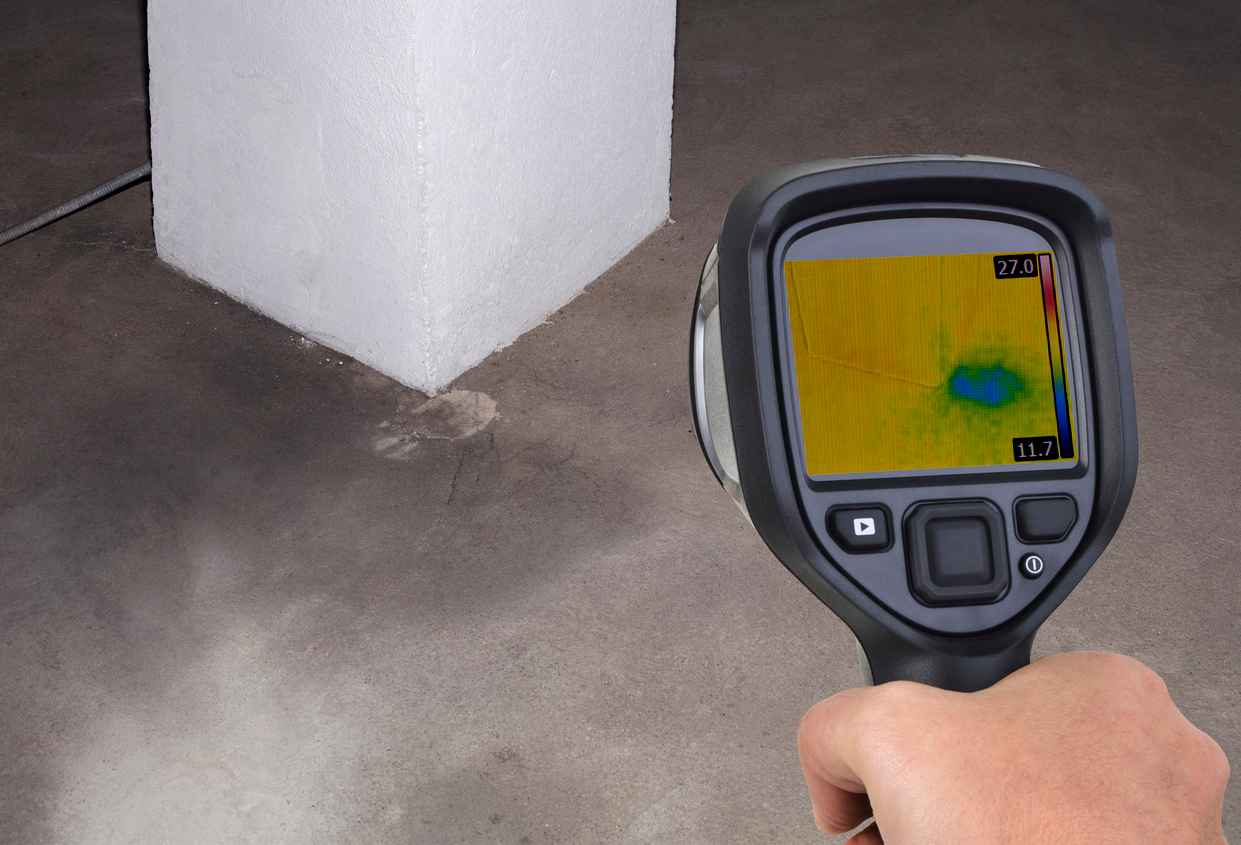4.8 Google Rating
The Six Materials Drains Are Built From
If you have ever walked down the aisles of your local home improvement store, you have probably marveled at the sheer number of different types of plumbing lines available. Some of these materials are strictly for water lines, but most can also double as a drain line that carries water and waste out to your sewer. Different materials have their own strengths and weaknesses, and some materials are better suited to certain applications than others. This blog will help you better understand the different materials and provide some sample situations where that material is best.
Plastics
PVC Pipes
By far the most common material used to construct a branch of your drain system is PVC. Most modern homes are built with PVC drain pipes due to their low cost, light weight, high durability, ready availability, and ease of use. In fact, PVC is so common that if you ever find that you have to repair a portion of PVC, you can probably buy a length of replacement material for a pretty low cost at nearly any plumbing supply or home improvement store.
PVC is a pretty common general use drainage material, and is most often used for indoor drains. Because this material is a type of plastic, it typically isn’t ideal for outdoor use, particularly in areas with high quantities of sunlight or extremely cold or hot temperatures (all factors that can fatigue the material and cause it to fall apart). However, for drain lines that run under floors or through walls, there’s a good chance PVC will do the job just fine.
Corrugated Plastic Pipes
Corrugated plastic pipes are a type of material that is designed for outdoor use, being specially formulated to withstand sunlight and wild temperature fluctuations. However, this type of material also typically has another benefit to it: it’s typically protected by being buried underground. The benefit to these types of pipes is that they are extremely flexible and easy to use, and that means they can run around various obstacles or features that might require some kind of special design consideration. They are also great because they can function for a number of different types of outdoor drains, including surface drains, French drains, channel drains, and more.
However, they also have a downside: their corrugated structure makes them vulnerable to collecting debris like mud, leaves, and other detritus that might find its way into your drains. Therefore, you might find that you have to clean these lines out after several years, as they may have clogged up due to an accumulation of refuse.
Metals
Cast Iron Pipes
Of all of the various materials on this list, cast iron is by far the oldest. Humanity has been melting down and casting iron into various useful shapes for years, and today this type of material is still in use in some situations. It is generally durable and provides a timeless, rustic look for situations where you may have exposed drain lines running either overhead or along walls.
However, cast iron has a problem: corrosion. It is particularly vulnerable to rusting, particularly with a lot of exposure to water and air. While rust-prevention coatings have significantly reduced this problem, they will eventually succumb to the forces of nature. The second limiting factor is construction—these pipes are particularly difficult to work with due to their weight, and they have a much higher cost than most other materials due to the sheer volume of material needed to construct them.
Copper Pipes
Copper pipes are the “modern classic” when it comes to materials. Homes use copper for both water and drain lines due to its availability and remarkable durability while using less material. Copper pipes are much lighter than their cast iron counterparts, and this makes them somewhat easier to work with. However, as with any metal pipe, copper will still require a good amount of knowledge and skill, as creating leak-free joints takes practice.
Copper also has another issue: the supply in the world is dwindling. Copper is an extremely popular material for a lot of applications, including electronics, due to its fairly high resistance to corrosion, its light weight, and its ability to conduct electricity. As mines dry up and the supply dwindles, there simply isn’t as much copper out there to construct plumbing fixtures from. This drives up the cost significantly.
Galvanized Steel Pipes
On its own, steel is prone to rusting. However, the galvanization process significantly reduces this problem and improves durability. Galvanized steel pipes are steel lines that have been dipped in molten zinc. Zinc does not tarnish or oxidize the way metal does, and this significantly improves the pipe’s structural integrity. However, this extra manufacturing process does bring up the cost of galvanized steel pretty substantially.
Galvanized steel is a popular material and does work well for virtually any drain line in your home. However, it is an extremely popular material for constructing sewer lines. Because of its rust-resistant nature and its incredible durability (it is steel, after all), this material can serve as a main drain or sewer line for decades without issue.
Mineral Pipes
Clay or Concrete Pipes
Finally, clay pipelines are also occasionally used in constructing drain lines, but they aren’t used in homes all that often anymore. They are almost exclusively used in outdoor applications, primarily as an open pipe that functions more like a gutter for garden drainage. The big downside to these lines is that they are somewhat brittle compared to other materials, particularly clay. However, concrete lines are often used as sewer mains and even water mains that connect homes to their utility supplier.
Need help with a damaged drain? Call AAA Service Plumbing, Heating & Electric at 303-313-3333 today!





